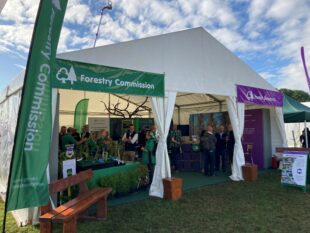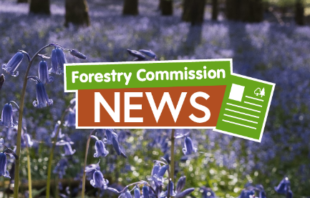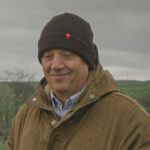 David Bliss, CEO at the Lowther Estate, shares how the estate converted low-value farmland into woodlands that deliver income, support nature and support their agricultural enterprises.
David Bliss, CEO at the Lowther Estate, shares how the estate converted low-value farmland into woodlands that deliver income, support nature and support their agricultural enterprises.
Sustainable timber production and woodland creation are transforming Cumbria’s landscape at Lowther Estate and creating new business opportunities.
With support from the Forestry Commission, Natural England and the Eden Rivers Trust, the estate has strengthened landscape resilience, supported local forestry businesses and delivered financial returns – all while helping to restore nature.
We have planted 121 hectares of commercial conifer woodland and 51 hectares of broadleaved woodland in the last 8 years. Let’s dive into how we did it, the benefits we’ve seen over the past seven years and the promising future ahead.
Diversifying land use
Nestled in the Lake District, Lowther Estate spans 1,750 hectares of mixed-use land. Part of the estate is used for farming, others for wilding and large areas are also open to walkers and cyclists.
Lowther has a long history of adapting to new challenges. In the 1960s, it prioritised food production to support national food security. Over the years it has adapted to changing times, diversifying land use to support long-term nature and landscape recovery.
One of our key goals was to generate income from sustainable timber production – helping to support local forestry and timber businesses in the process. With a number of strategic timber mills in Cumbria already using the estate’s timber, planting new crops promised to provide long-term security to the local industry.
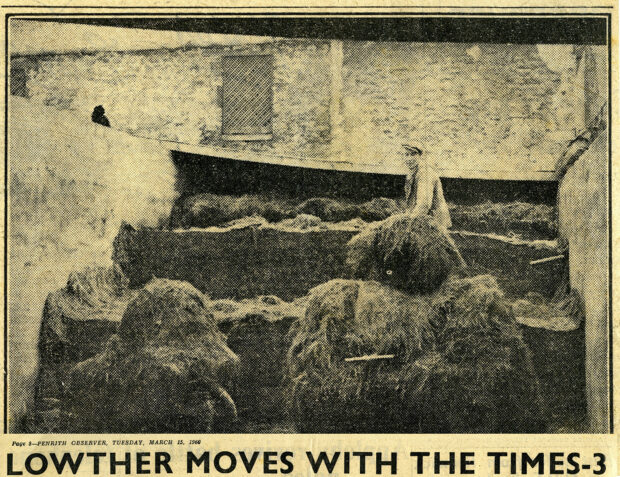
Planting 121 hectares of commercial conifer woodland
In 2017, Lowther Estate was given the green light to create 170 hectares of new productive woodland. Of that, 121 hectares were planted with conifer, making it one of the largest conifer projects in England since the 1980s.
A total of 213,000 trees were planted. The new woodland was named ‘Jack’s Wood’ after the estate’s retired forester, Ian Jack, who led the development of the project.
The estate used the Woodland Creation Planning Grant (WCPG) to help with planning and design costs. Funding from the Countryside Stewardship scheme supported planting and maintenance.
Our success is entirely down to the work of Ian Jack. The WPCG funding helped him plan and gain approval for this magnificent commercial woodland, which will support many local jobs and associated forestry businesses.
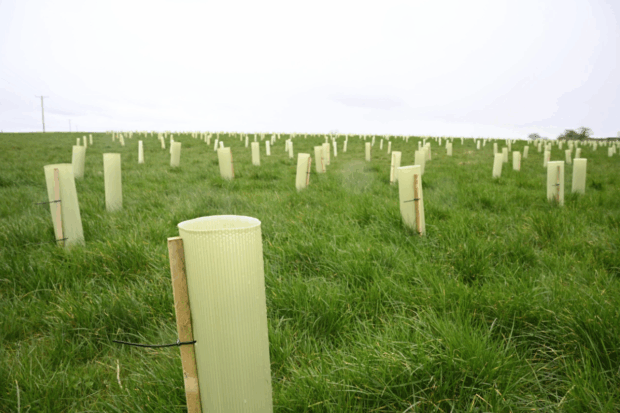
Added benefits for nature and people
We worked closely with partners, including the Forestry Commission and Eden Rivers Trust, to make sure the new woodland worked in harmony with the surrounding environment.
The woodland creates a natural corridor linking the southern part of the estate with nearby pasture woodlands and a community woodland that adjoins two local villages. This helps local wildlife, including the resident red squirrel population.
Eden River Trust worked to make sure the woodland improves water quality and ecology, tackling flood risks and reducing run-off from the surrounding land.
Broadleaf species were used to blend the largely coniferous woodland into the surrounding landscape.
Ian Jack, who led the project before retiring, said:
Creating a woodland means so much more to me than just putting trees in the ground; we’re creating a beautiful place for the future; for the people and the wildlife. I won’t see this woodland fully mature, but that doesn’t matter to me – it’s taking the first step that matters.
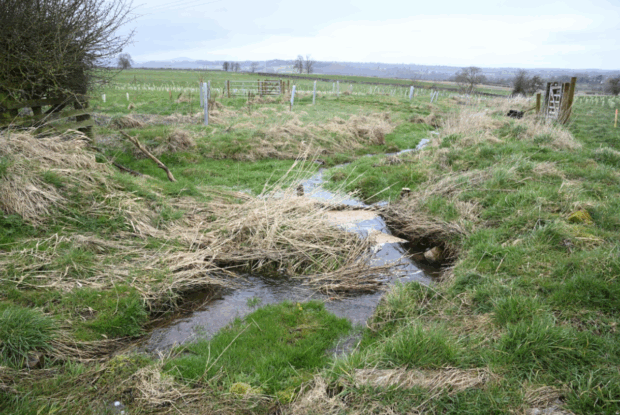
Creating 51 hectares of productive broadleaf woodland
Fast forward to 2023 – six years after planning for Jack’s Wood was approved.
We continued our woodland creation journey with Ladybeck Wood, a 51-hectare mixed broadleaf woodland planted in December 2023.
Ladybeck Wood was planted on land once used by a long-term tenant. While the estate considered expanding food production, the soil quality wasn’t suitable for profitable farming. Instead, we chose to create a predominantly broadleaf woodland which would offer environmental benefits and opportunities for business diversification.
Where Jack’s Wood’s focuses on fast-growing conifers for softwood, Ladybeck’s slower-growing broadleaves will produce hardwood from a variety of species, including wild cherry, sycamore, sessile oak, hawthorn and native black poplar. We again used the WCPG to help plan the project and assess its viability, with funding from the England Woodland Creation Offer to support planting.
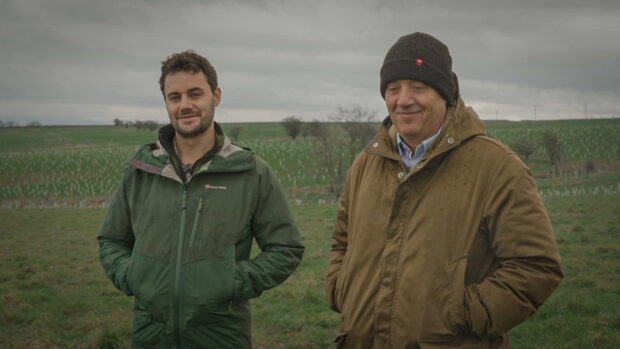
Added benefits for agriculture and income
By creating wood pasture with funding through Natural England’s wood pasture scheme, Ladybeck Wood will also support the estate’s agricultural activities. Wood pasture blends well with the local landscape and allows us to use it for grazing our cattle.
In time, the woodland will also generate income through the sale of carbon credits. Registered under the Woodland Carbon Code, Lowther Estate will be able to use or sell carbon credits once the woodland has matured. We plan to sell a third of the credits and use two thirds to offset our carbon emissions.
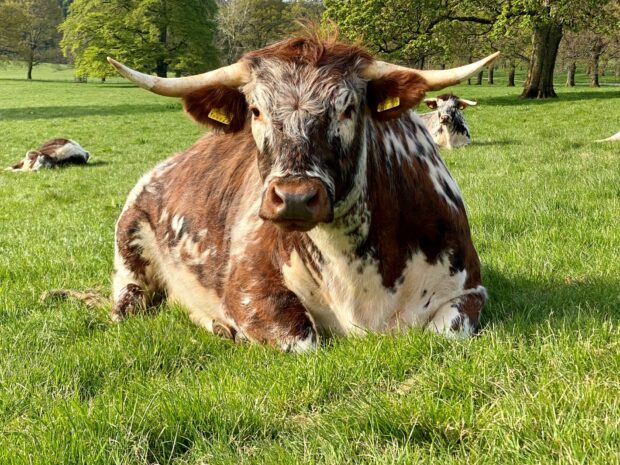
Looking ahead
The planting of Jack’s Wood and Ladybeck Wood has enabled Lowther Estate to make productive use of land that would be difficult to farm. As the woodlands mature, they will provide sustainable sources of timber, homes for wildlife and benefits for the wider community.
Timber production has come a long way, and by building on past successes, landowners can create resilient, sustainable landscapes that benefit both business and nature for generations to come.
The estate now has a variety of woodlands with a diverse species and age mix. This variety assists in resilience to climate, pests and diseases whilst also offering choices for the timber market. The ‘closer to nature’ management practices implemented will maintain permanent woodland cover for the years to come.
Little and often intervention and selective thinning processes allow for the sustainable release of timber whilst protecting forest soils and woodland habitats.
Find more detail about Lowther Estate’s woodland creation journey.
Learn more about timber production.
